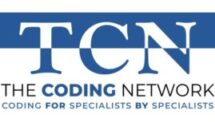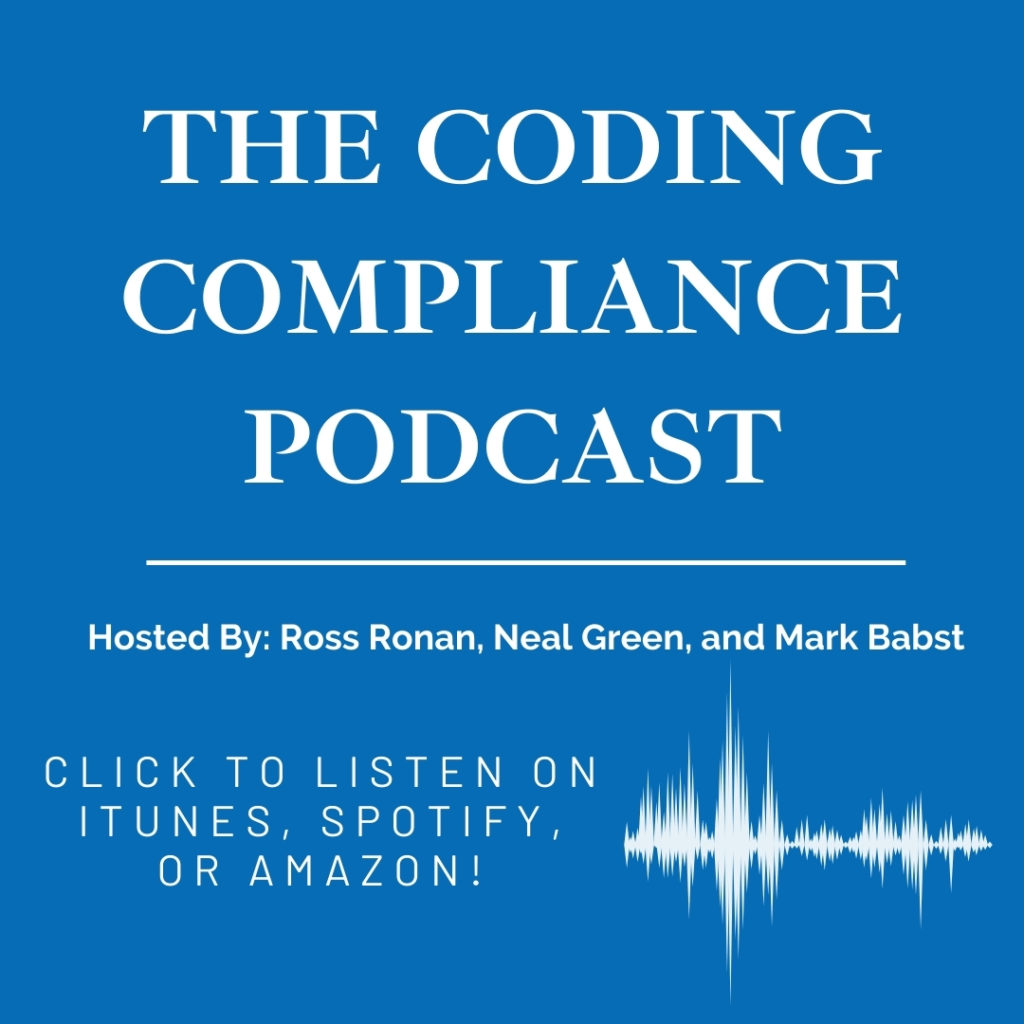What Is Medical Coding?
No words are required to be on a medical claim form. Everything that a doctor does and why it was needed appears on the claim forms as a series of codes.
The Current Procedural Terminology (“CPT”) coding system describes the medical and surgical and diagnostic procedures and services performed by physicians and other health providers. It includes tens of thousands of service codes and dozens of modifiers, along with rules on how they must be used. The system was developed and is owned-and-maintained by the American Medical Association. The CPT system serves a number of reporting and data-gathering purposes for public health professionals and is also essential to billing for patient care services. Insurance companies use this data for risk assessment and premium calculations. The Federal government’s Center for Medicare and Medicaid Services (CMS) used the CPT system to develop the Resource Based Relative Value System (RBRVS) to assist in the determination of the amounts paid to doctors and other medical providers for services to Medicare and Medicaid patients. A growing number of managed care and other insurance companies also base their reimbursements on the weighted values established by CMS.
The International Classification of Diseases-Tenth Clinical Modification (“ICD10”) is based on a system originally created by the World Health Organization. It codifies morbidity and mortality information for illnesses and conditions. Its goal is to give every disease, condition, and injury know to man a unique alpha-numeric code. Those codes then justify the medical necessity for each of the doctors’ services. In 1979 it was made the single classification system for use in American hospitals. Physicians have been required by law to submit ICD10 diagnosis codes since the passage of the Medicare Catastrophic Coverage Act in 1998. In 1993 the WHO released the newest update — the ICD-10-CM — a newly devised and more specific reporting system that was first adopted by many European countries; its implementation in the USA having occurred in 2016.
Assigning the proper five-digit CPT codes and two-digit modifiers and linking them to the appropriate three-to-seven character alphanumeric ICD10 diagnostic code(s) is “mission-critical” for
- properly billing for physicians’ and hospitals’ services;
- insurance companies and Medicare properly paying for those services;
- underwriting risk assessment and calculating insurance premiums for health insurance companies;
- public health researchers;
- medical education and research.

